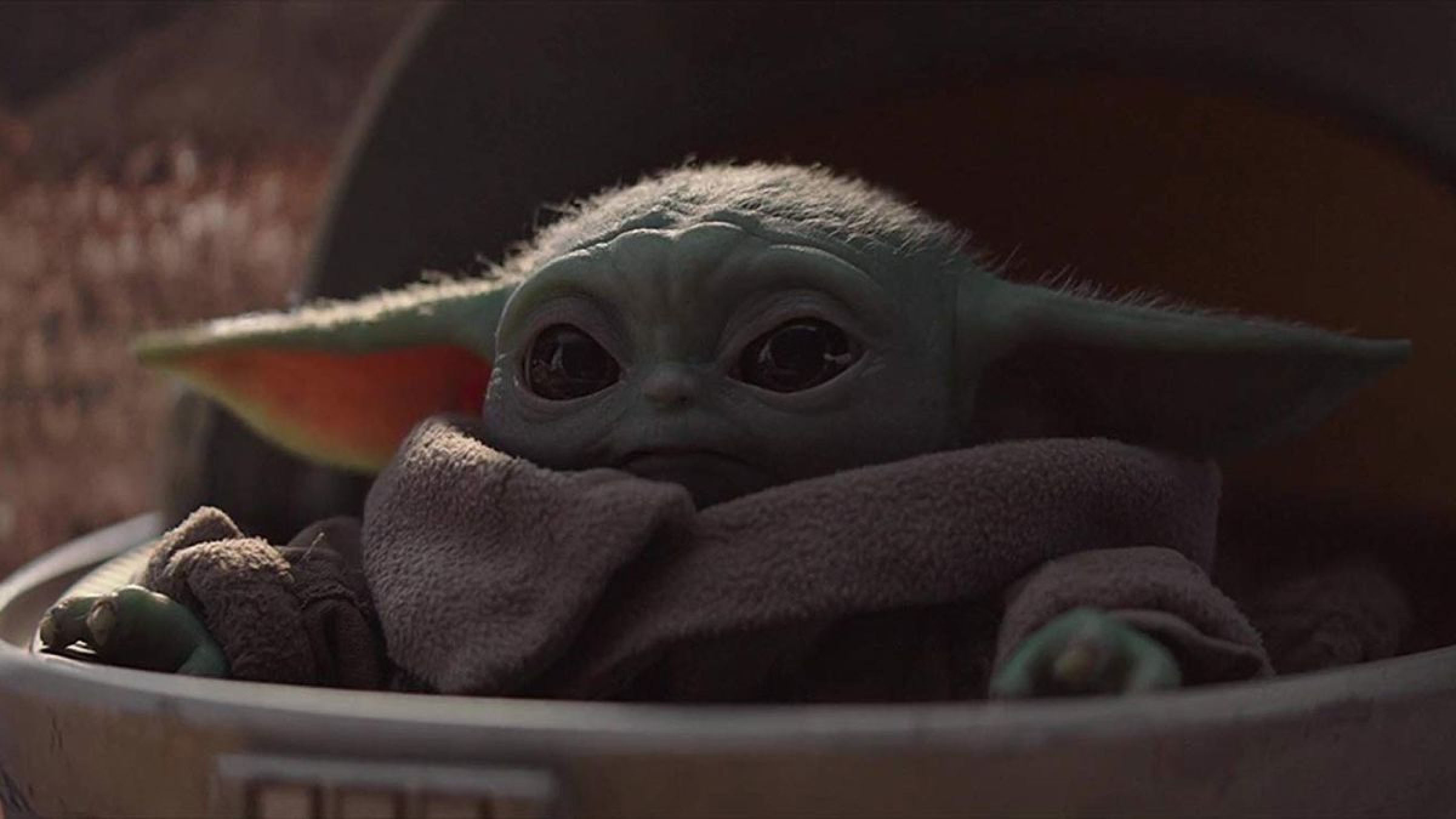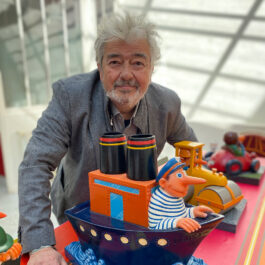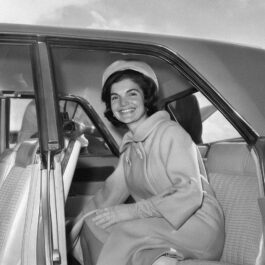In the entertainment industry, continuity is key. In Hollywood, that means vast superhero universes and seven sequels planned even before the first film has debuted. On the small screen, it’s all about the spin-off. Some of the biggest shows in American TV history have been about a character from a previous hit, in some cases eclipsing what came before. This month the series hoping to continue that trend is Star Trek spin-off Picard, seeing the return of Patrick Stewart’s Starship Captain alongside a host of his old comrades.
But what makes a good spin-off? Here are our dos and don’ts for finding fresh success with the familiar format…
DO: Take familiar names in a new direction.
It may seem counter-intuitive, given that the whole idea of a spin-off is to draw you in with characters you already know. However, some of the biggest hits have often kept the protagonist and completely changed everything else. The best example of this is ‘90s sitcom Frasier, with Kelsey Grammer reprising the role he first played in ‘80s hit Cheers. While its predecessor was a broad comedy with working-class sensibilities, Frasier was something more highbrow.
Taking a cue from an old-fashioned farce comedy, we found the character relocated to Seattle and working as a radio therapist, as well as grappling with his jealous brother, his blue collar father and his petulant Jack Russell Terrier. It aimed for something more intellectual than Cheers, but managed to keep the same audience thanks to relatable storylines and snappy writing. The result was one of the biggest successes of its era, enjoying the same plaudits as the show that birthed it. 
DON’T: Just rehash what came before.
Thanks to streaming services, sitcom Friends has enjoyed a revival among younger viewers who may not even have been born when the show first aired. The fun, funky show about young people living in New York became a milestone of US TV, making global stars of Jennifer Aniston and her fellow cast members. The show still makes a fortune in merchandise, and is popular enough to warrant an annual Friends Fest in various countries, where fans take selfies on recreated sets.
When the showed finally finished in 2004, plans were put in place for a spin-off based on Matt LeBlanc’s lovable character, actor Joey Tribbiani, moving to LA. What should have been a recipe for more success became one of TV’s most infamous bombs, as the new series, titled Joey, relied on the character’s voracious appetite and womanising ways for its laughs – jokes that had become worn out during ten seasons of Friends. Curiosity ensured the first season had enough initial viewers, but waning interest saw the second season cut short in America and many episodes left unaired. Joey remains a cautionary tale for spin-offs of the future.
DO: Make new heroes.
Picard itself is an example of how spin-offs can make TV history. Patrick Stewart’s character was the lead of Star Trek: The Next Generation, a spin-off of the original Star Trek series that kept the original ‘character’ of the Starship Enterprise, but filled it with a new crew and new adventures. In many ways the show couldn’t be more different from what came before, but audiences responded well and the series lasted for seven seasons – more than twice the run of the original series. The franchise’s legacy is built on renewal, with CBS/Netflix show Star Trek: Discovery most recently introducing a new ship to the established timeline, as well as the franchise’s first African-American female lead in Sonequa Martin-Green.
On the other side of the galaxy, Disney+ hit The Mandalorian is the perfect example of how to mine TV gold from a familiar source. While it’s based on a movie series, rather than a TV show, Jon Favreau recreates the look of the original Star Wars trilogy and imagines what happened once the movie character left. We’re introduced to ‘Mando’, the series’ protagonist who has become an instant hero to fans. However, no one expected the success of The Child, AKA Baby Yoda – an adorable sidekick that gave the show heart and spawned millions of memes. Favreau used imagery from the past to make something that will be highly anticipated for years to come.
DON’T: Overestimate the popularity of minor characters.
A character’s ability to brighten up the occasional scene doesn’t always mean they should be given the spotlight. While shows like Joey were poorly conceived, some shows gave a platform to characters that simply didn’t warrant one. The X-Files has been a staple of sci-fi for over 25 years, with two movies and a revival between 2016 and 2018. The enduring popularity of Agents Mulder and Scully was not matched by the Lone Gunmen, three misfit conspiracy experts whom the agents turn to occasionally. The trio got their own show in 2001 that lasted just 13 episodes. The reviews were good, but it seemed people just weren’t that interested in seeing more of them.
DO: Have the occasional crossover.
Many shows share the same universe and pop up in each other’s storylines. The most obvious example is the Arrowverse, the DC TV universe consisting of Arrow, Supergirl, The Flash, and others. The heroes regularly appear in each other’s series, particularly the ongoing crossover event Crisis on Infinite Earths, with episodes spread among the various series.
Almost every successful spin-off has a nod or cameo from its predecessor. The blockbuster CSI franchise had all three series (Vegas, New York and Miami) meet up for three episodes, while The Office star Ricky Gervais appeared in the American remake of the same name. Such events feel like a special event, while also paying homage to the links between shows.
DON’T: Have those characters stick around too long.
Many spin-offs suffer due to comparison to the older show, and featuring characters from the past can sometimes backfire. 24: Legacy had a mountain to climb, as the spin-off had to find a way to move forward without star Kiefer Sutherland, and the appearance of characters from 24 (such as fan favourite Tony Almeida) was just part of the reason why the show lasted only 12 episodes. A show needs to establish itself before bringing in guest stars, otherwise viewers may end up wishing they were watching another show.
DO: Delve into the past.
While movie prequels rarely work, meeting a character just before the events of a previous series has worked quite well for many spin-offs. Just who was Saul Goodman (Bob Odenkirk) before he met Walter White in Breaking Bad? That’s the question that has kept people glued to Better Call Saul for five seasons, with the drama fleshing out the universe without intruding on Breaking Bad’s established timeline. Fear The Walking Dead has lasted just as long by introducing the zombie apocalypse that provides the beginning to The Walking Dead, while millions are marvelling over the puppet mastery of prequel The Dark Crystal: Age of Resistance. The Big Bang Theory may have come to an end, but Young Sheldon has taken up the baton by exploring the childhood of that show’s most beloved character. It’s a premise that shouldn’t work on paper, but a planned fourth season is already in the works. If there’s somewhere interesting to go in a show’s past, then go there! However, that’s a big ‘if’…
DON’T: Ask questions nobody cares about.
Not all back stories should be seen on screen. Many shows have fallen foul of viewers by wondering out loud what life was like before the beginning of a hit show, only to realise no one really wants to know. Ever wonder what Superman’s grandfather was like? Us neither, yet Syfy’s Krypton persevered with two seasons of life on Kal-El’s doomed planet, before bad reviews and poor ratings saw it cancelled last August. HBO’s Sex and The City made history by delving into the bedroom lives of fabulous New Yorkers, but prequel The Carrie Diaries faded away because the life of a teenage Carrie Bradshaw wasn’t quite as alluring. The makers of the forthcoming Game of Thrones prequel, House of the Dragon, should be particularly aware that an audience won’t turn up on brand recognition alone.














Sorry, the comment form is closed at this time.